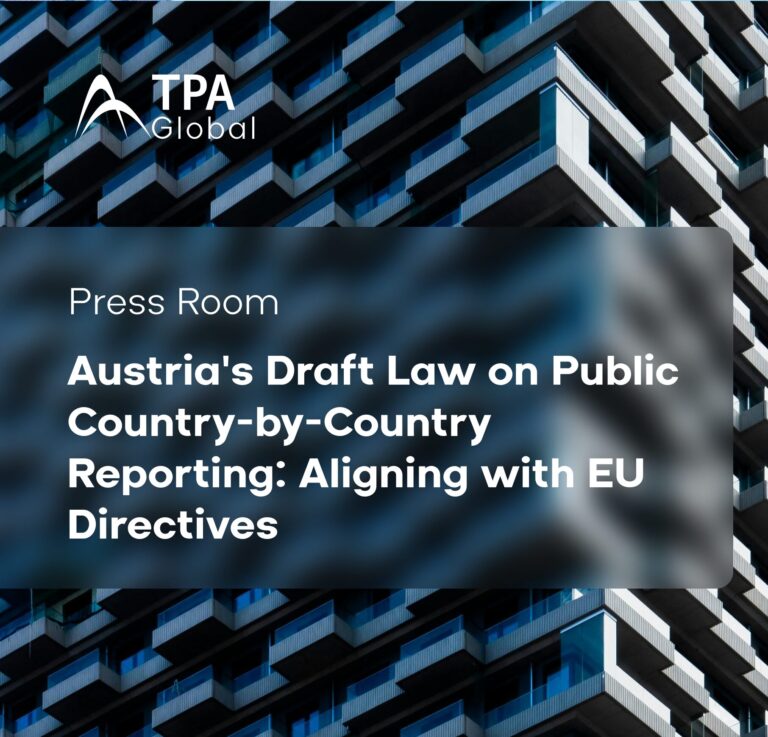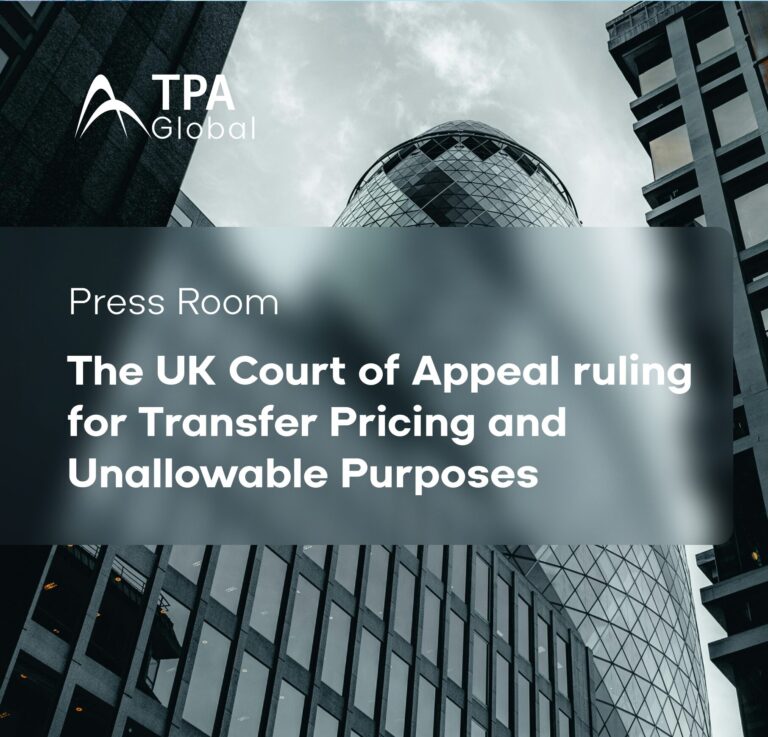The new era of risk-free interest rates
The end of LIBOR by 31 December 2021
The London Interbank Offered Rate (“LIBOR”) will cease to be used by 31 December 2021 and will be replaced by alternative risk-free rates (RFRs) such as the Secured Overnight Financing Rate (SOFR) for the US dollar.
The LIBOR has been a reference rate based on the average interbank rate at which a panel of banks could obtain wholesale, unsecured funding for set periods in particular currencies. The reason for the transition away from LIBOR can be traced back to July 2014 after scandals related to the manipulation of the rate swept the financial markets. The EU responded by adopting the alternative risk-free rates introduced in its Benchmark Regulation 2016/2011.
Potential tax risk resulting from the replacement of
If a financial (debt) instrument between two related parties makes reference to LIBOR as a reference rate, the lack of a public LIBOR reference rate, creates a significant contractual issue.
Most, if not all, agreements today between unrelated parties, contain alternative reference rates ensuring the continuation of the legal agreement without the need to renegotiate key terms thereof.
The absence of a such a fallback clause especially between related parties significantly increases the risk that tax authorities consider the agreement to be cancelled or to say it differently, they may consider an amendment whereby the LIBOR reference rate is substituted, a significant modification of the contract. In such instances, tax authorities may argue that lacking a contractual alternative reference rate, independent parties are also likely to renegotiate other contract terms and conditions.
Consequently, existing instruments may need replacing from a tax and transfer pricing point of view.
What does the end of LIBOR mean for an MNE?
The substitution of the LIBOR by one of the alternative risk-free rates, could thus affect the underlying risk of the transaction and could drive the need to revisit the relevant agreement.
Although the termination of LIBOR is a foregone conclusion, the successor rates remain a source of uncertainty. Luckily, companies can already start preparing a robust and smooth transition by taking the following action:
- Take inventory of the agreements carrying LIBOR as a reference
- Review these agreements to determine whether there is an alternative reference mechanism already embedded.
- If not, evaluate and select alternatives
Sources:
- Ledure et al., The End of the LIBOR World as We Know It – A Sound Bite of Consequences Tax Professionals Should Be Aware of, 26 Intl. Transfer Pricing J. 5 (2019), Journal Articles & Opinion Pieces IBFD
- REGULATION (EU) 2016/1011 OF THE EUROPEAN PARLIAMENT AND OF THE COUNCIL of 8 June 2016 on indices used as benchmarks in financial instruments and financial contracts or to measure the performance of investment funds and amending Directives 2008/48/EC and 2014/17/EU and Regulation (EU) No 596/2014
Authors: Raymund Gerardu, CFO at TPA Global & Victor Caligiuri, Associate at TPA Global


